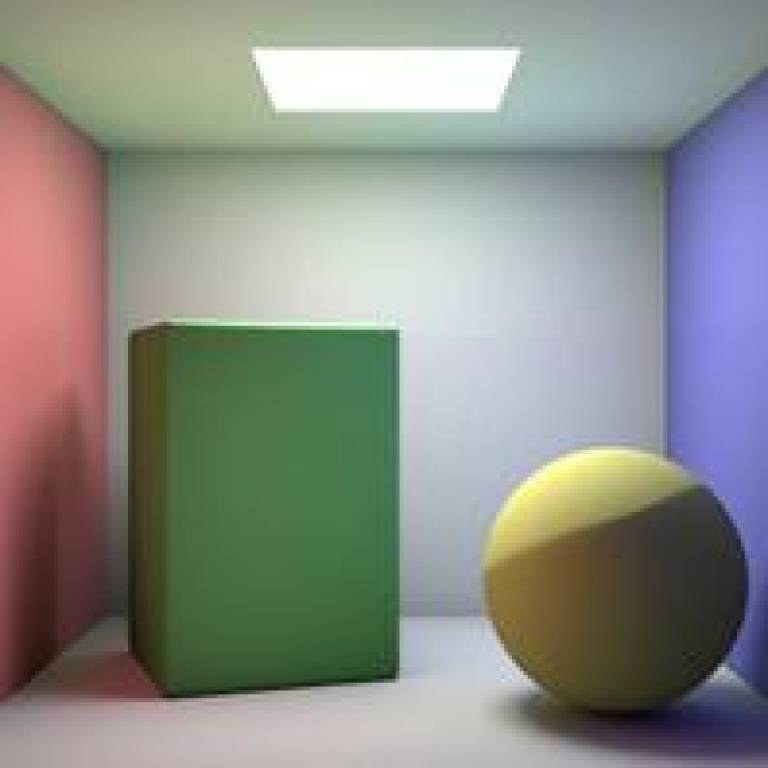UCL Computer Science research revolutionises computer games graphics
28 February 2008
Links:
 cs.ucl.ac.uk/" target="_self">UCL Computer Science
cs.ucl.ac.uk/" target="_self">UCL Computer Science
In the ever more complex world of computer games, developers are constantly looking for new ways to make the playing experience more life-like. One problem that had remained unsolved was how to quickly simulate the gradation of shadows caused by indirect light bouncing off objects - until a recent breakthrough by researchers at UCL Computer Science.
Dr Jan Kautz has developed a fast method that models the path of light as it bounces off surfaces. The result is that, on top of the broad distinction between light and dark regions that results from a simple model including only direct light, indirect light can be factored into simulated scenes. Graphics are far more realistic, with more variation in shade on an object, and hues of reflected light adding extra detail.

Now, with funding from the government's Technology Strategy Board (TSB), Dr Kautz will work with software company Geomerics to develop the system to work for moving, as well as static, scenes. The TSB's Technology Programme has granted £525,000 over three years for the work. £195,000 of this goes to UCL Computer Science, where a new postdoctoral position will be established for two years. The third year of work will focus on commercialisation of the software.
Dr Kautz commented: "I am excited about collaborating with an industrial partner in an area where it has been difficult to get new results from research into actual products. This grant will allow us to develop new lighting methods that will have a direct impact on future computer games".
To find out more, follow the links at the top of this item.
Image 1: A lighting simulation including indirect light
Image 2: What the same scene would look like using only direct light
 Close
Close

